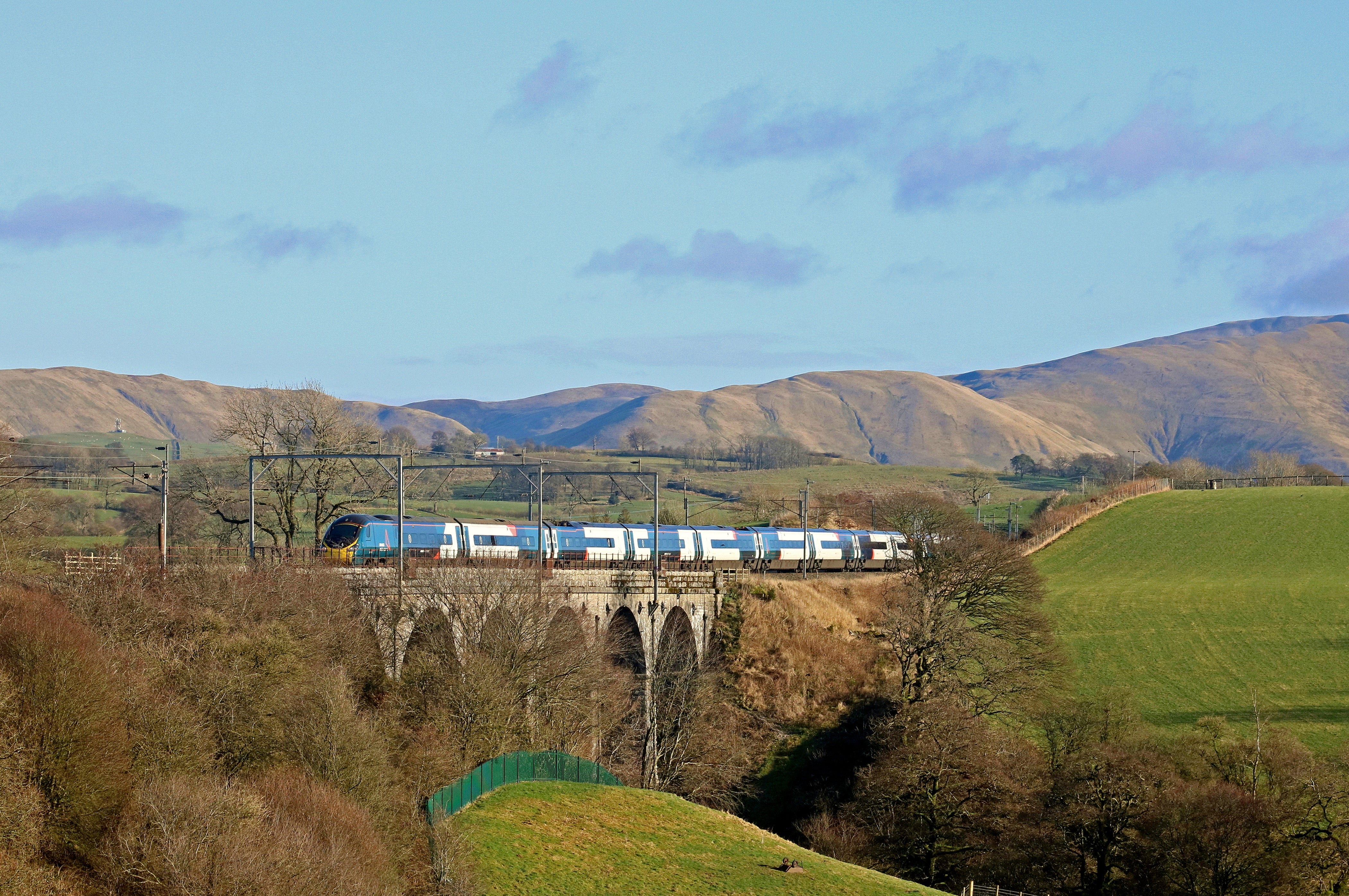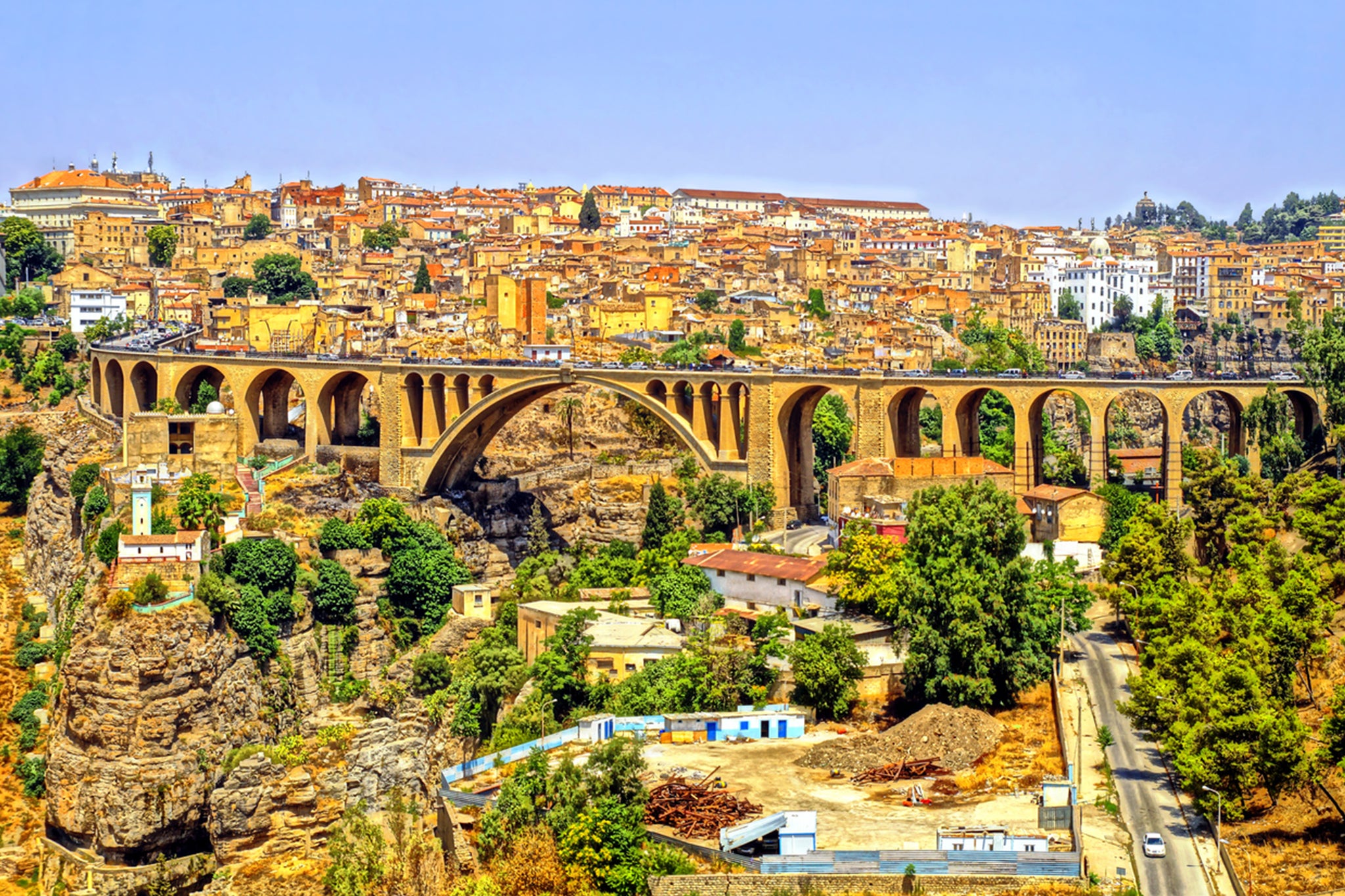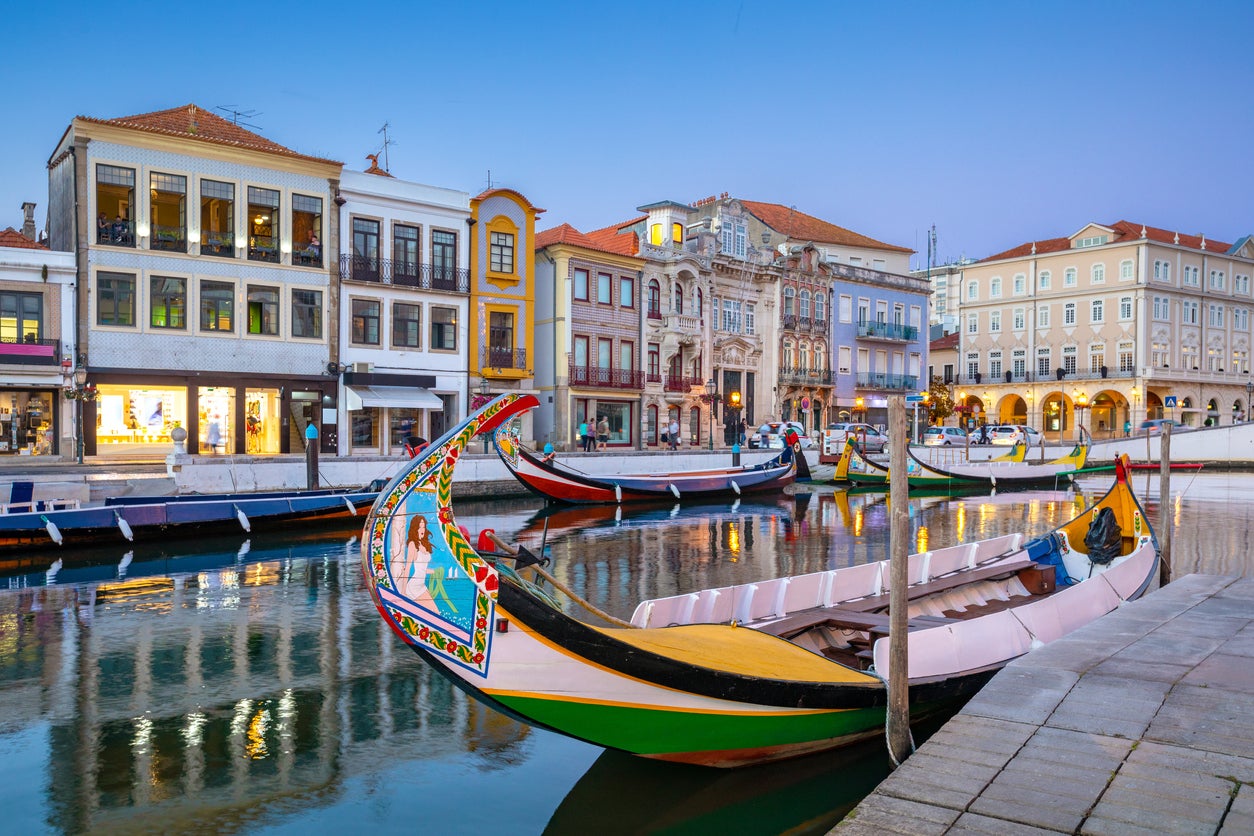Should we stage train sit-ins when services are curtailed?
Simon Calder answers questions on train sit-ins, his favourite 2023 trips and Portugal


Q Is it time for train passengers to stage sit-ins on “curtailed” services? Maybe this would force rail firms to restaff a train so it can continue to its original destination.
Paul E
A As I write on Saturday afternoon, dozens of trains have been “curtailed” – half-cancelled, if you like. The term means trains starting their journey partway through or ending it with many miles to go before the official final destination. For example, the mid-afternoon Avanti West Coast service from Edinburgh to London will actually start halfway along its planned journey, at Preston. Passengers from the Scottish capital to the West Midlands will therefore have to start out earlier, catch a (presumably) overcrowded train still running south from Edinburgh and change trains in Lancashire. Hardly seamless travel, especially for those with mobility issues.
Over on the East Coast Main Line, I have lost count of the number of trains from or to Harrogate recently that have started or ended at Leeds. And the practice is widespread at other train operators, too.
In assessing your very interesting suggestion, I must begin by pointing out that “sit-ins” would not help anyone in (say) Edinburgh whose service is starting its journey south at Preston – because there is simply no train there. What about travelling in the opposite direction? Let us consider what would happen if travellers determined to force LNER to extend a train at Leeds to its rightful destination, Harrogate. First, because of the “diagrams” that are issued to rail staff as their daily duties, there would be no obvious way the goal could be achieved.
Next, passengers staging the sit-in must face the unfortunate prospect that the train operator would simply make sure the demonstrators were safe, before heading back to London – whereupon all would become liable for the excess fares thus incurred. Better, I think, to accept having to change trains – knowing that a significantly delayed arrival will trigger a refund of some or all of the fare. If everyone claims their rightful cash, that represents a significant loss to the rail firm, which (I am sure) needs no persuasion of the notion that it should be running a decent service.

Q What have been your favourite trips this year?
Elaine E
A Thank you for the question, which has allowed me to go back through my notes and photographs of a memorable year.
I don’t “count countries” as some avid travellers do, but each year I like to reach a new nation. Algeria was the stand-out in 2023: obtaining a visa is a pain (requiring, in my case, three trips to the consulate in west London). Algiers is a challenging city, not a Mediterranean favourite at all. But the rest that I saw of Africa’s largest country was a joy. You can enjoy classical ruins in splendid isolation and visit friendly and lively towns and cities. Constantine, in the east, has a breathtaking location high above a twisting river gorge. Spectacular bridges connect the city, which has an intricate kasbah at its heart.
Also in north Africa, a trip to Egypt after the Israel-Gaza war broke out provided the chance to explore more widely beyond Cairo than I had before. At Saqqara, the pyramids are older – and less crowded – than those at Giza; the Pyramid of Djoser is said to be the world’s oldest complete stone building. The original Memphis was a joy, with the reclining colossus of Ramses II a highlight I also enjoyed a first glimpse of the dismally delayed Grand Egyptian Museum, and look forward to returning when it is fully open beyond the atrium.
Some of the best travel experiences come as complete surprises. On 12 June I had no intention of going anywhere near Denmark; I was booked to fly to Milan on easyJet. But the flight was one of many cancelled by Britain’s biggest budget airline in early summer, and the only feasible last-minute option was on Ryanair to Aalborg in northern Jutland. Suddenly I was exploring the amazing artistic hub of Skagen on the raw edge of the Baltic; the jovial city of Aarhus; and outrageously pretty Mogeltonder. While you see a chance, take it.

Q In June next year I am travelling to Coimbra for a competition. It seems to be almost equidistant from Porto and Lisbon. Which would you advise for a 48-hour stay at the end of my trip?
Deirdre Philpott
A Coimbra is a beautiful university city 75 miles south of Porto and 125 miles north of Lisbon. It is rich in culture, history and gastronomy, all wrapped into a compact, three-dimensional city. Were you to insist that I select only one from Porto or Lisbon, it would be very difficult. Each is steeped in beauty and intrigue, with a location on a river just short of the Atlantic. Twist my arm and I would opt for Porto. As I have written in this column before, Portugal’s second city is perhaps the cheapest big city in western Europe, as well as being effortlessly easy to navigate and enjoy. The impressive gorge of the Douro River is more appealing than Lisbon’s Tagus River. Porto’s waterway is straddled by six elegant bridges, including the two-deck Ponte de Dom Luis I.
Yet, I wonder if I can persuade you to expand your time in Portugal? The ideal journey would be to take in both cities, as well as a couple of gems between them. Start with 48 hours in Porto, then travel down to Coimbra with a half-day pause at the pretty town of Aveiro to enjoy the canalside ambience.
After your (hopefully successful) competition, continue south to Obidos. This gorgeous walled city has preserved its medieval soul despite all the visitors attracted by its exquisite buildings.
Lisbon awaits, rewarding a stay of at least two days to appreciate its many-faceted appeal. For me, the three-dimensional nature of the capital is its greatest strength, with city views unmatched elsewhere.
This might look like a road trip, but in fact most of it can be covered by rail, with buses filling in the gaps.
Email your question to s@hols.tv or tweet @simoncalder






Join our commenting forum
Join thought-provoking conversations, follow other Independent readers and see their replies
Comments